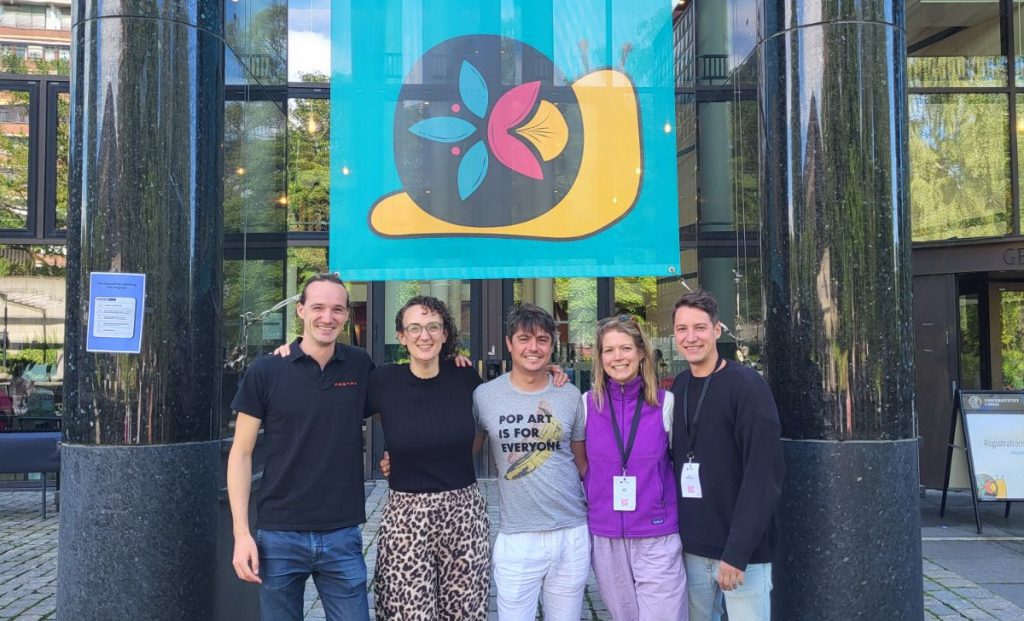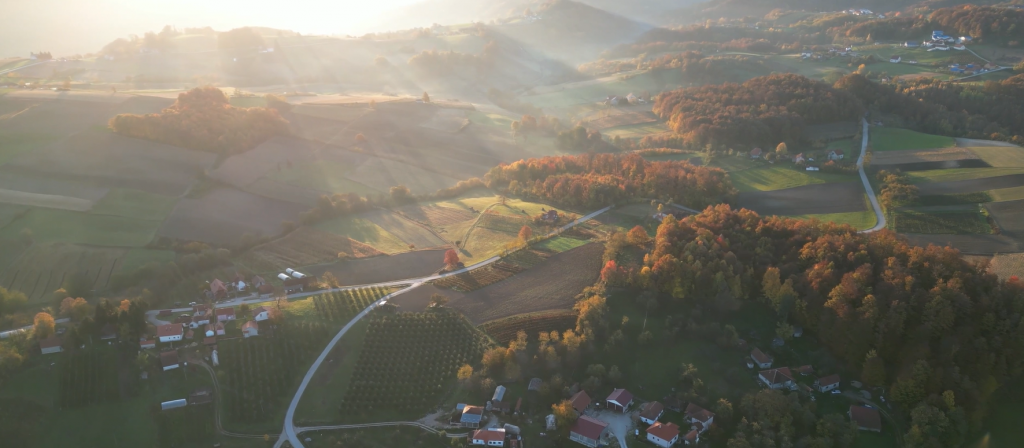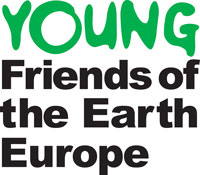The European Parliament today backed a report urging the European Commission to set a binding targets to reduce the EU’s material footprint – a key step towards ending the bloc’s overconsumption of natural resources.
Meadhbh Bolger, resource justice campaigner at Friends of the Earth Europe said: “The evidence is clear – we need to urgently reduce the EU’s overconsumption of natural resources, starting with a target to halve our material footprint by 2030. The Commission’s current proposals to tackle the problem don’t include an overall target – imagine the outcry if they’d proposed an EU climate law without an emissions reduction target.”
The report – the Parliament’s position on the EU Circular Economy Action Plan [2] – calls on the Commission to set “binding EU targets for 2030 to significantly reduce the EU material and consumption footprints.”
It also proposes a number of other amendments to the Commission’s strategy on how we produce, consume and dispose of resources and products, including:
- Overall waste reduction targets: The report calls on the Commission to introduce a binding target for overall waste reduction. The Commission’s proposal stopped short of this, instead saying it would set targets for specific waste streams only.
- Laws to stop planned obsolescence: The Commission had committed to creating information tools on premature obsolescence, however the Parliament have demanded more in calling for legislative measures to stop practices resulting in planned obsolescence.
- Highlighting the negative impacts of digitalisation: The Parliament voted to urge the Commission to monitor and mitigate the environmental impacts of the tech sector. The report “calls on the Commission to… [establish] a methodology for monitoring and quantifying the environmental impact of digital technologies, structures and services including data centres, and by proposing measures – including where appropriate legislative measures.”
Notes:
[1] Circular Economy Action PlanThe new EU Circular Economy Action Plan was published last year on March 11th by the European Commission. It contains a set of 35 actions on our use of natural resources, design of products and systems, and our management of waste – coming as part of the European Green Deal. It includes proposals for new laws, revisions to existing laws, new initiatives, strategies, guidelines and more.
[2] Material footprint and consumption footprintThe Commission last year backslid on its plan to set a reduction target on our overall consumption, or the EU’s so-called ‘material footprint’ – i.e., the total amount of raw materials the EU economy consumes in products and services, including imports. Its final Action Plan only includes a weak commitment to further develop resource footprints as part of the ‘monitoring framework’ – meaning there is no obligation for the EU to set targets to reduce resource consumption. The EU consumption footprint looks at reducing the impacts from EU consumption, using Life Cycle Analysis tools.








